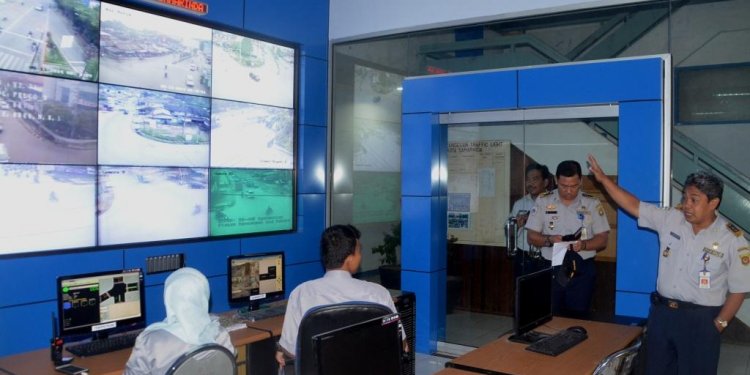
Area Traffic Control system
In recent years there has been a major rise in the volume of vehicles in major cities across theworld. This has resulted in traffic management problems such as congestion, delays, accidents, pollution, increased fuel consumption etc. A need has arisen for proper traffic managementmeasures, policies and systems. Area Traffic Control Systems are intelligent, real time systemsthat optimize traffic signal settings in an area, based on data obtained from vehicle detectors toreduce vehicle delays and stops.The Area (or Adaptive) Traffic Control Systems have two main functions:1.Controlling Traffic Signal Timings depending on the data acquired by the vehicle detectors.2.Providing drivers (public and private vehicles) with traffic information.
2. PAST DEVELOPMENTS
The first electronic traffic signals were introduced by the Cleveland Engineers in 1914. Denver Engineers used analogue computers with sampling detectors to select the most appropriatesignal timing from programs. The development of traffic control systems started in 1960s. Thesefirst generation systems monitored traffic flow continuously and initiated the appropriatealgorithm from a database to give optimal signal settings.In 1973, a full Adaptive Traffic Control System called SCOOT (Split Cycle Offset OptimizationTechnique) was developed by the Transport Research Laboratory (TRL) in collaboration withthe UK Traffic Systems Industry.The Australian SCATS (Sydney Coordinated Adaptive Traffic System) was developed in the1974 in Sydney by the Roads and Traffic Authority.In the 1980s and 1990s, these traffic control and management systems started to gain wideacceptance and were implemented for both freeways and urban streets.Developments in microprocessors and vehicle detection mechanisms led to further advancements in control algorithms and strategies for traffic control systems.Today, the traffic monitoring and control systems are mature and the emphasis is onimplementation of effective operational tools. Presently, there is a wide array of systemdesigners, hardware manufacturers and suppliers and software developers to choose from, for system selection. (FHWA, 2005)
3. MAJOR COMPONENTS OF AREA TRAFFIC CONTROL SYSTEMS
3.1 Depending on the type of sensors, vehicle detectors collect data for vehicle volume, averagespeed, class, gap, headway, occupancy, queue length measurement, weight, corridor traveltime etc.Vehicle detection technologies contain three components: a transducer which detects thevehicle, a signal processing device converts the transducer output to electrical signal and data

















